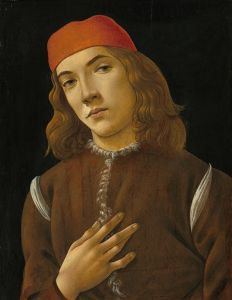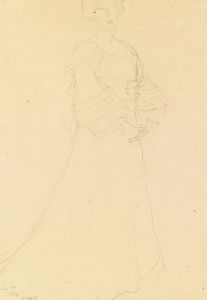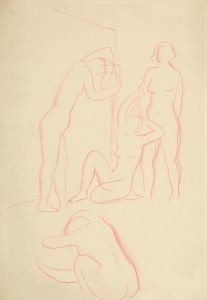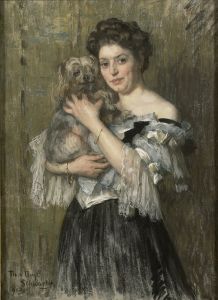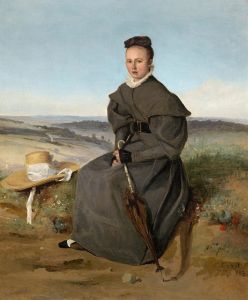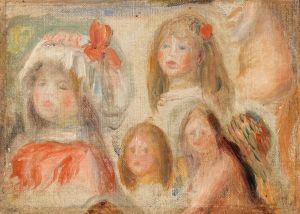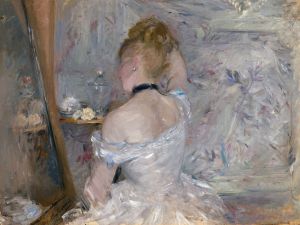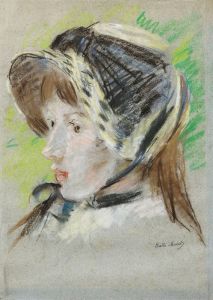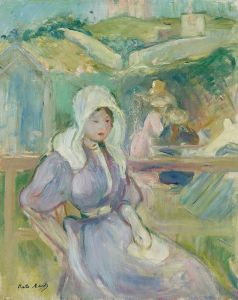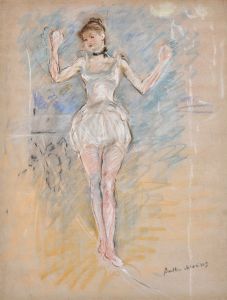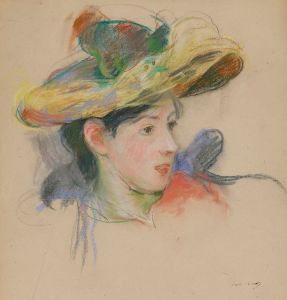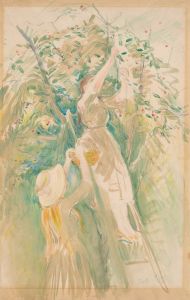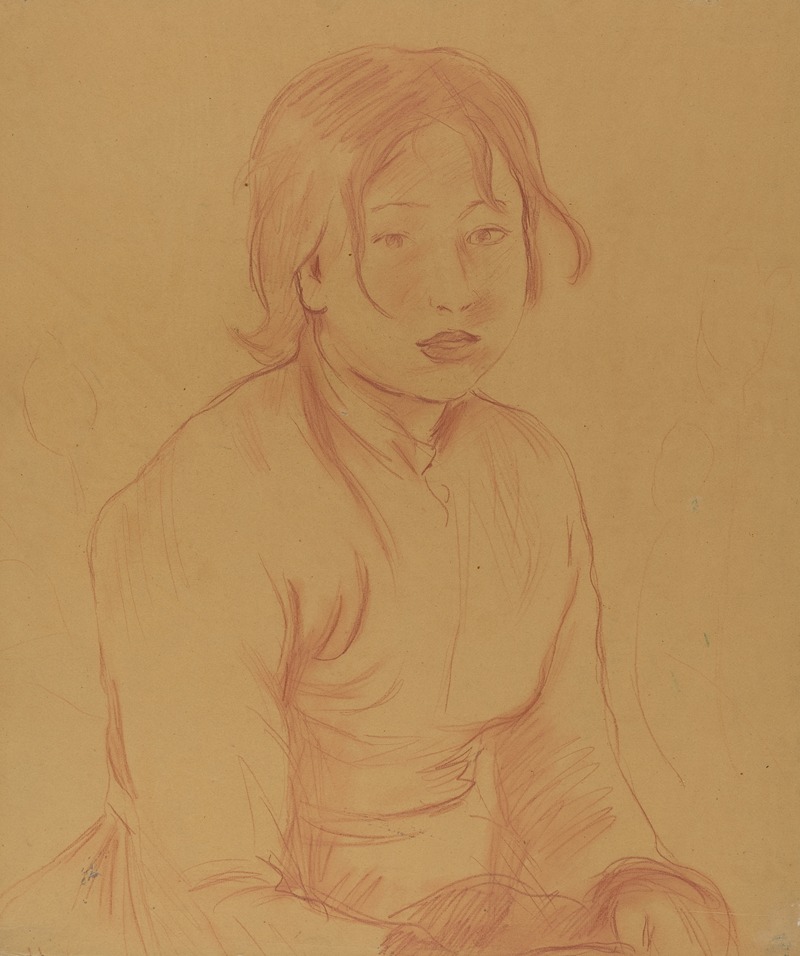
Peasant Girl
A hand-painted replica of Berthe Morisot’s masterpiece Peasant Girl, meticulously crafted by professional artists to capture the true essence of the original. Each piece is created with museum-quality canvas and rare mineral pigments, carefully painted by experienced artists with delicate brushstrokes and rich, layered colors to perfectly recreate the texture of the original artwork. Unlike machine-printed reproductions, this hand-painted version brings the painting to life, infused with the artist’s emotions and skill in every stroke. Whether for personal collection or home decoration, it instantly elevates the artistic atmosphere of any space.
"Peasant Girl" is a painting by the renowned French Impressionist artist Berthe Morisot. Created in 1888, this work exemplifies Morisot's distinctive style and her focus on capturing the subtleties of everyday life, particularly the lives of women and children. Morisot, one of the few prominent female artists of the Impressionist movement, was known for her ability to convey the nuances of light and color, as well as her intimate and sensitive portrayals of her subjects.
The painting depicts a young peasant girl, a subject that reflects Morisot's interest in rural life and the simplicity of the countryside. This theme was common among Impressionists, who often sought to capture the natural world and the lives of ordinary people. Morisot's choice of subject matter also highlights her departure from the more traditional and formal subjects that dominated academic art at the time.
In "Peasant Girl," Morisot employs her characteristic loose brushwork and a light, airy palette, which are hallmarks of the Impressionist style. The painting is notable for its soft, diffused light and the delicate rendering of the girl's features and attire. Morisot's use of color is subtle yet effective, with gentle hues that suggest the warmth and tranquility of a rural setting. The background is typically Impressionistic, with blurred forms and a focus on the play of light, which serves to emphasize the figure of the girl.
Morisot's technique in this painting reflects her mastery of capturing fleeting moments and the ephemeral qualities of light. Her brushstrokes are fluid and expressive, contributing to the overall sense of immediacy and intimacy in the work. This approach allows the viewer to feel a connection with the subject, as if witnessing a moment in the girl's life.
Berthe Morisot was a central figure in the Impressionist movement, participating in seven of the eight Impressionist exhibitions between 1874 and 1886. Her work was highly regarded by her contemporaries, including Edgar Degas and Édouard Manet, the latter of whom was her brother-in-law. Despite the challenges faced by women artists during her time, Morisot achieved significant recognition and success, and her contributions to the movement were substantial.
"Peasant Girl" is a testament to Morisot's skill and her unique perspective as a female artist in a predominantly male art world. Her ability to capture the essence of her subjects with sensitivity and grace has earned her a lasting place in art history. Today, her works are celebrated for their beauty and their insight into the lives of women and children in the 19th century.
The painting is housed in a private collection, and as with many of Morisot's works, it continues to be studied and admired for its artistic and historical significance. Through "Peasant Girl," Morisot not only showcases her technical prowess but also offers a glimpse into the world of rural France, inviting viewers to appreciate the simple yet profound moments of everyday life.





